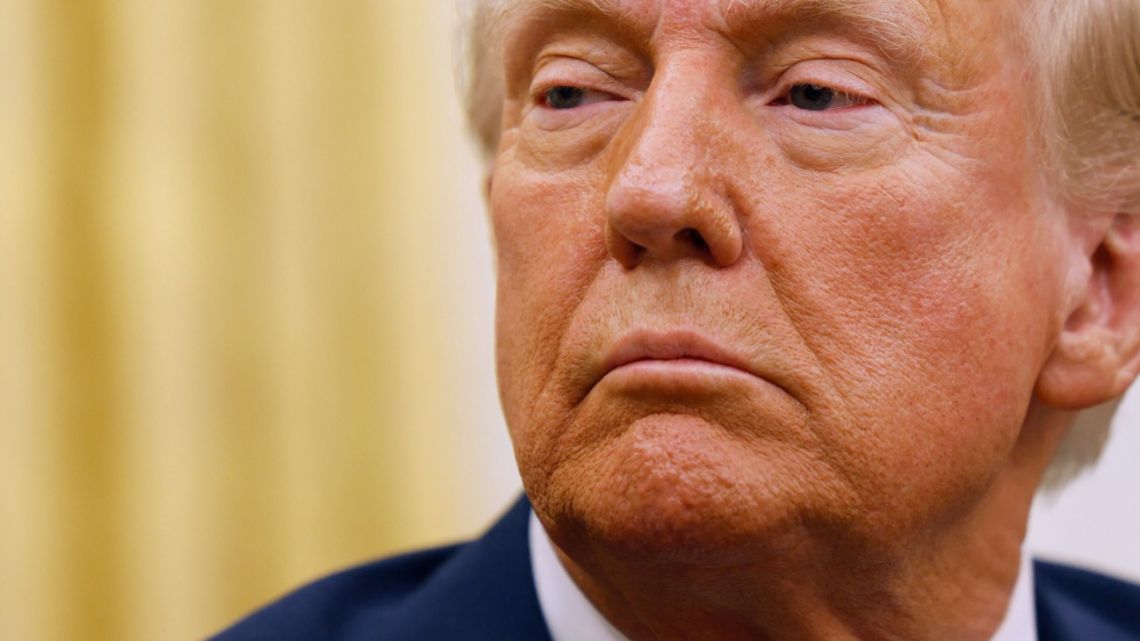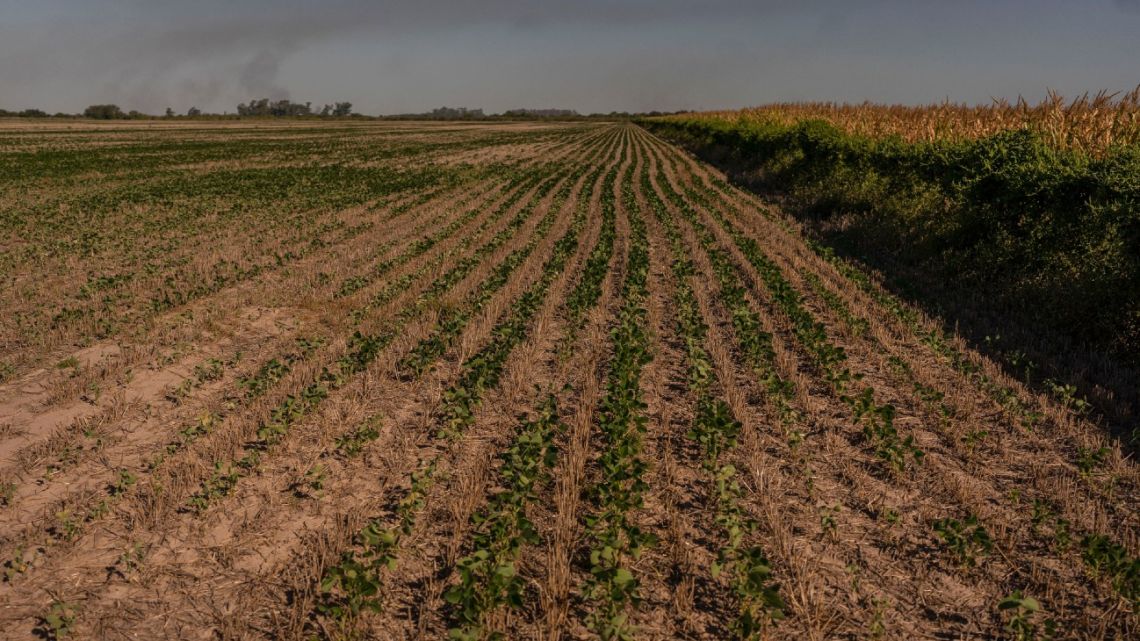The US dollar weakened against the Brazilian real for the second consecutive day, closing at R$6.03. This decline came amid uncertainty over US import tariffs and foreign capital inflows to Brazil.
The spot dollar ended trading at R$6.0307, down 0.19% from the previous day’s close. At its lowest point, the dollar traded at R$6.0177, a 0.40% decrease. The dollar’s performance mirrored global trends.
The DXY index, which measures the dollar against six major currencies, fell 1.28% to 108.063 points. This decline was influenced by several factors, both domestic and international.
In Brazil, foreign investors injected over R$9 billion into the stock market on January 16 and 17. The B3 stock exchange reported inflows of R$6.513 billion and R$2.92 billion on these days, respectively.
This influx of foreign capital contributed to the real’s strength against the dollar. Political developments also impacted the market. Reports emerged that President Luiz Inácio Lula da Silva might not seek reelection in 2026.
 Dollar Dips for Second Day as Trump Takes Office. (Photo Internet reproduction)
Dollar Dips for Second Day as Trump Takes Office. (Photo Internet reproduction)This news, revealed during a ministerial meeting, surprised cabinet members. Lula urged his team to focus on winning the 2026 elections, regardless of his candidacy. Internationally, markets closely watched the first days of Donald Trump’s presidency.
Trade Policy Uncertainty and Currency Market Impact
Uncertainty lingered over import tariffs promised during his campaign. Trump stated he might impose 25% tariffs on imports from Mexico and Canada starting February 1st. He also indicated that tariffs on Chinese imports were still under discussion.
The new US administration’s trade policies could significantly impact global markets. Trump suggested the possibility of taxing European imports if the bloc doesn’t increase oil purchases from the United States.
These potential trade measures have created uncertainty in currency markets, contributing to the dollar‘s weakness. As the political and economic landscape continues to evolve, currency markets remain sensitive to policy changes and capital flows.
The Brazilian real’s performance against the dollar reflects both domestic factors and global economic trends, highlighting the interconnected nature of international finance.

 By The Rio Times | Created at 2025-01-21 21:52:17 | Updated at 2025-01-24 06:32:46
2 days ago
By The Rio Times | Created at 2025-01-21 21:52:17 | Updated at 2025-01-24 06:32:46
2 days ago








